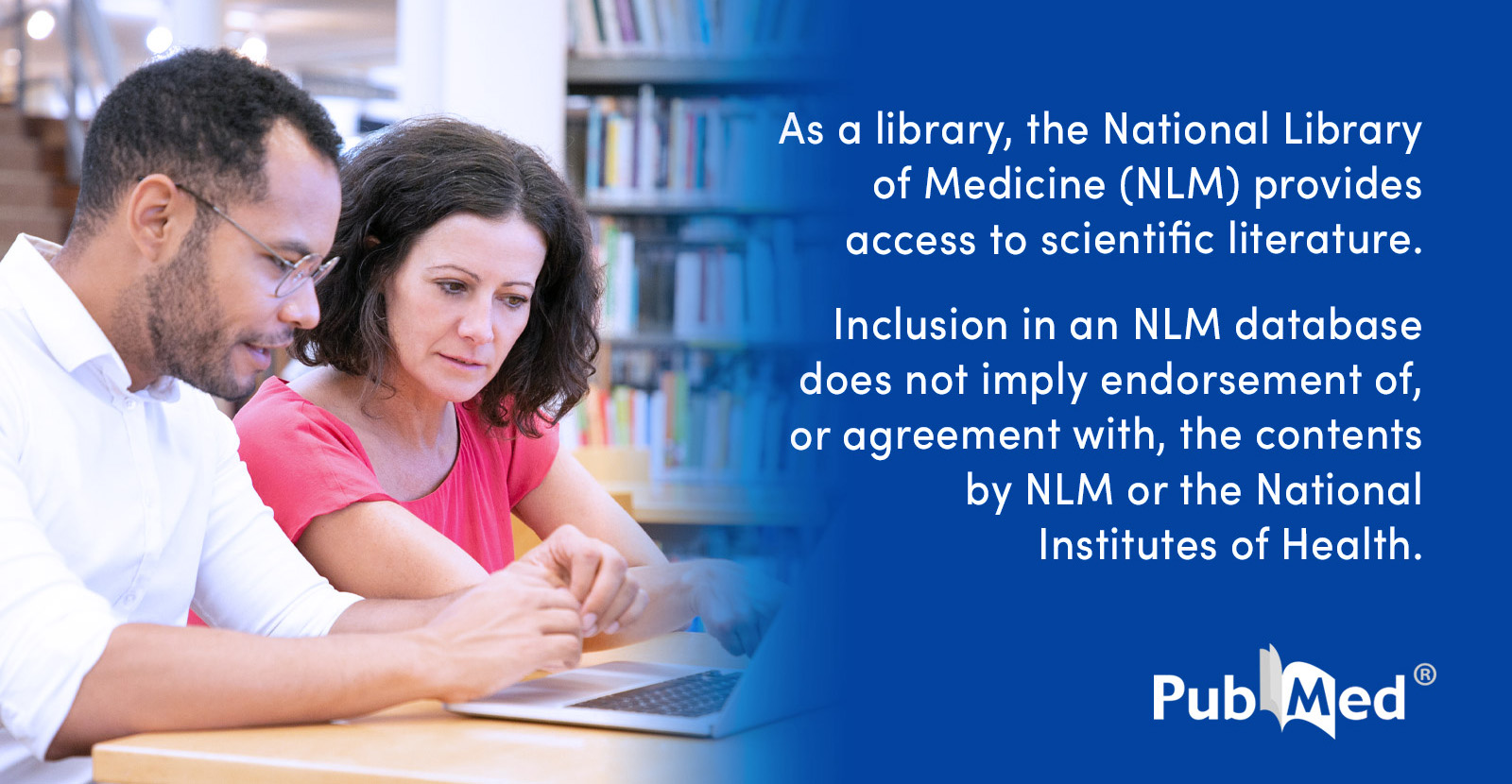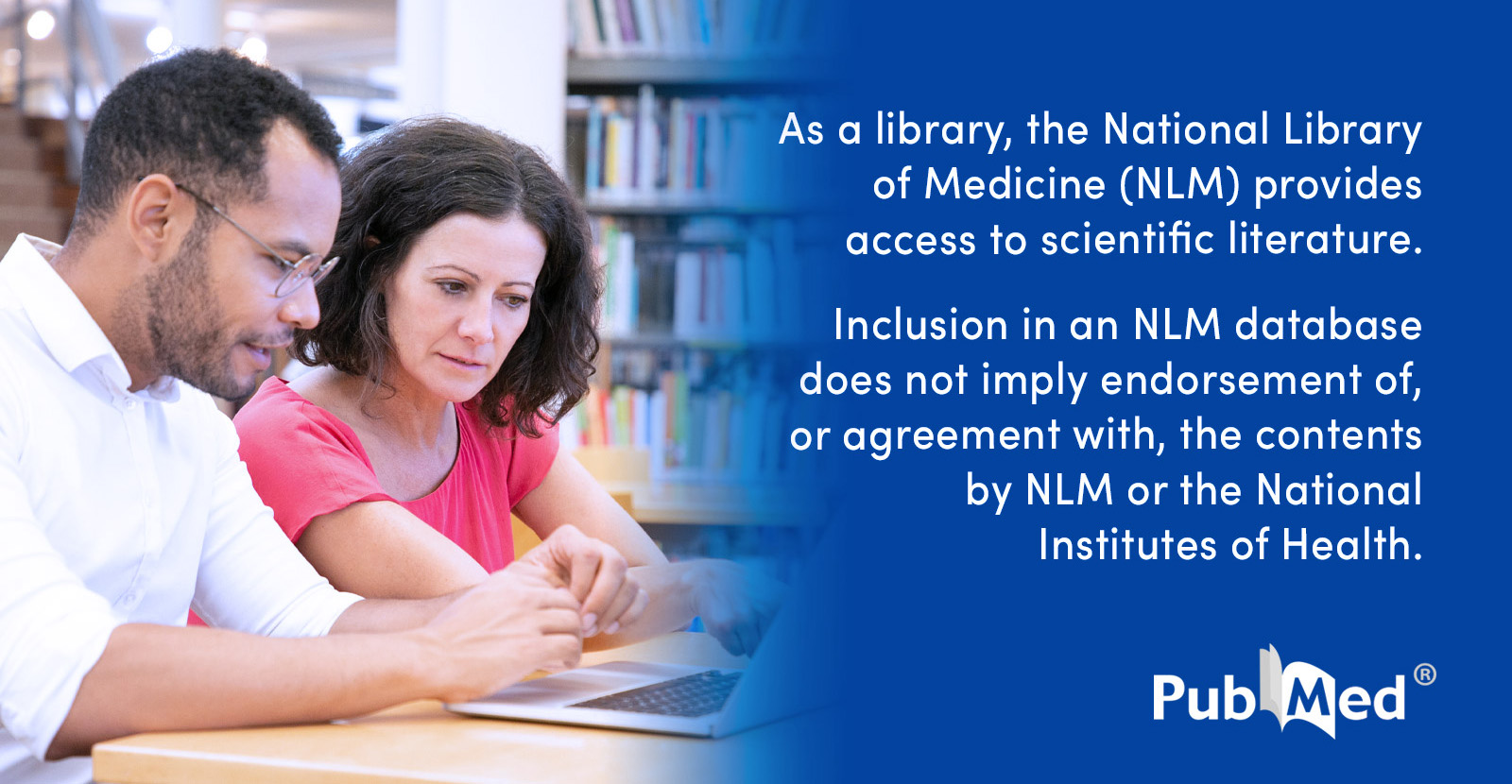
In the hierarchy of scientific research, levels of evidence play a pivotal role in guiding clinical practice and informing policy decisions. Level II evidence is particularly significant for practitioners and researchers aiming to align with high standards of methodological rigor.
Level II evidence typically comprises well-designed cohort studies or case-control studies that meet strict methodological standards. These studies examine outcomes in real-world settings with groups of individuals who either receive an intervention or are part of a control group. Although not randomized, these studies are prospective or retrospective in nature and provide substantial insight into causal relationships and clinical effectiveness.
According to the Instructions for Authors from various scientific journals, Level II studies must demonstrate clear inclusion and exclusion criteria, reliable outcome measures, and appropriate statistical analysis. This level is commonly seen in medical research where randomized controlled trials (RCTs), which constitute Level I evidence, may not be feasible due to ethical or practical limitations.
Understanding and identifying the levels of evidence is essential for clinicians when interpreting study results and making evidence-based decisions. With Level II studies holding an important place just beneath RCTs in the evidence hierarchy, they offer a strong foundation for clinical recommendations, particularly when RCTs are unavailable.
As the scientific community continues to emphasize transparency and rigor in research design, the classification of studies into levels of evidence such as Level II helps maintain consistent standards across the literature. For researchers, adherence to these guidelines enhances the credibility and impact of their work, and for readers, it offers clarity on the reliability and applicability of the findings.
For more detailed specifications on what qualifies as Level II evidence, researchers are encouraged to consult the ‘Instructions for Authors’ provided by the journals to which they are submitting their manuscripts.
Source: https:// – Courtesy of the original publisher.








